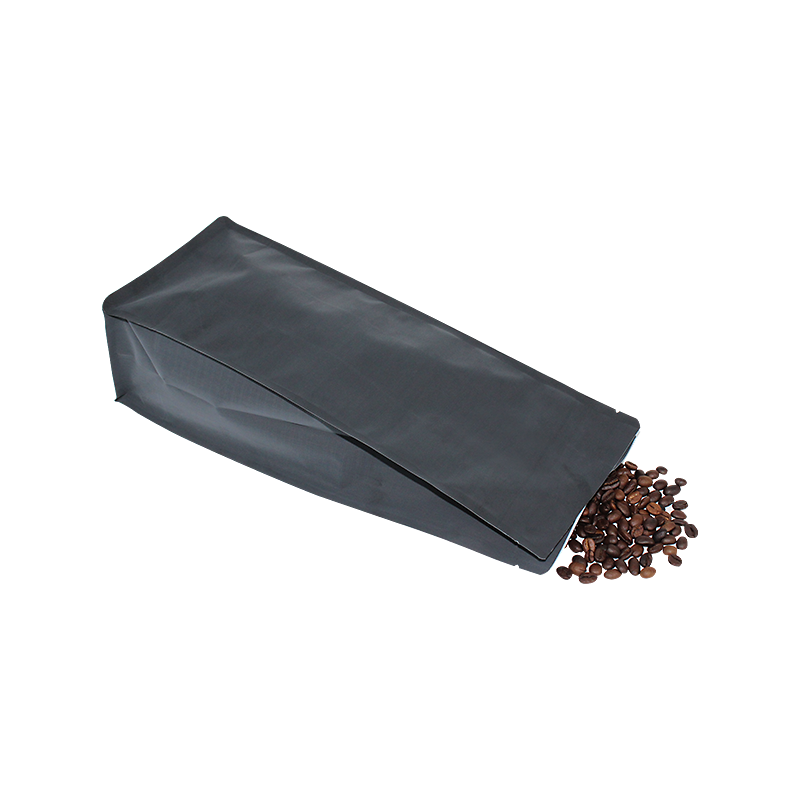- Afrikaans
- Albanian
- Amharic
- Arabic
- Armenian
- Azerbaijani
- Basque
- Belarusian
- Bengali
- Bosnian
- Bulgarian
- Catalan
- Cebuano
- chinese_simplified
- chinese_traditional
- Corsican
- Croatian
- Czech
- Danish
- Dutch
- English
- Esperanto
- Estonian
- Finnish
- French
- Frisian
- Galician
- Georgian
- German
- Greek
- Gujarati
- haitian_creole
- hausa
- hawaiian
- Hebrew
- Hindi
- Miao
- Hungarian
- Icelandic
- igbo
- Indonesian
- irish
- Italian
- Japanese
- Javanese
- Kannada
- kazakh
- Khmer
- Rwandese
- Korean
- Kurdish
- Kyrgyz
- Lao
- Latin
- Latvian
- Lithuanian
- Luxembourgish
- Macedonian
- Malgashi
- Malay
- Malayalam
- Maltese
- Maori
- Marathi
- Mongolian
- Myanmar
- Nepali
- Norwegian
- Norwegian
- Occitan
- Pashto
- Persian
- Polish
- Portuguese
- Punjabi
- Romanian
- Russian
- Samoan
- scottish-gaelic
- Serbian
- Sesotho
- Shona
- Sindhi
- Sinhala
- Slovak
- Slovenian
- Somali
- Spanish
- Sundanese
- Swahili
- Swedish
- Tagalog
- Tajik
- Tamil
- Tatar
- Telugu
- Thai
- Turkish
- Turkmen
- Ukrainian
- Urdu
- Uighur
- Uzbek
- Vietnamese
- Welsh
- Bantu
- Yiddish
- Yoruba
- Zulu
Optimal Shipping Solutions for Frozen Food Preservation and Delivery
The Importance of Frozen Food Shipping Boxes
In recent years, the demand for frozen food has surged, thanks to the fast-paced lifestyle of consumers and the convenience it provides. As more people turn to frozen meals, fruits, and vegetables, the logistics of shipping these products have evolved. One critical aspect of this process is the use of specialized frozen food shipping boxes. These boxes are designed to maintain the integrity of frozen items during transit, ensuring that consumers receive high-quality products that are safe to eat.
Understanding the Functionality of Frozen Food Shipping Boxes
Frozen food shipping boxes are engineered with insulation and temperature retention capabilities that are vital for transporting perishable goods. Typically made from materials like Styrofoam, cardboard, or a combination of both, these boxes prevent heat transfer from the outside environment. They are often lined with reflective materials to help maintain a low temperature inside.
One of the common methods for providing additional cooling during shipping is the use of dry ice or gel packs. These cooling agents are placed alongside the frozen food items within the shipping box, ensuring that the temperature remains below freezing. By using these methods, companies can protect their products from thawing, which can lead to spoilage and food safety concerns.
Environmental Considerations
As environmental awareness grows, the packaging industry is making strides toward sustainability. Frozen food shipping boxes are now being produced with eco-friendly materials that are recyclable or made from recycled substances. Manufacturers are exploring innovative designs that reduce waste and utilize biodegradable elements. Consumers are increasingly looking for brands that prioritize sustainability, which makes eco-friendly shipping solutions not just environmentally responsible but also a potential competitive advantage.
The Role of Technology
frozen food shipping boxes

Advancements in technology have further enhanced the efficiency and reliability of frozen food shipping. Temperature sensors and tracking devices can be integrated into shipping boxes to monitor the conditions inside during transit. This level of oversight not only assures the suppliers but also provides peace of mind to consumers. If a temperature anomaly occurs, suppliers can take proactive measures, such as informing customers or issuing refunds.
Moreover, the rise of e-commerce has necessitated the development of more efficient frozen food packaging solutions. With more consumers opting for online grocery shopping, the need for dependable shipping boxes has become paramount. Companies are now designing packaging that is tailored to the specific needs of the frozen food industry, ensuring that products arrive in optimal condition.
Best Practices for Businesses
For businesses looking to ship frozen foods, it is essential to understand the best practices surrounding frozen food shipping boxes. First and foremost, selecting the right box size is crucial. A box that is too large will result in excess air space, causing the internal temperature to rise. Conversely, a box that is too small can lead to compression and damage to the products.
Additionally, businesses should train their personnel on proper packing techniques. It’s essential to layer frozen products correctly and ensure that cooling agents are evenly distributed within the box. Clear labeling of the contents and handling instructions can also help in maintaining the quality of the products during transit.
Conclusion
In conclusion, frozen food shipping boxes play a vital role in the transportation of perishable goods. They are designed to ensure that frozen foods remain at optimal temperatures, reducing the risk of spoilage and foodborne illnesses. As the industry continues to evolve, embracing sustainable practices and advanced technology will be essential in delivering high-quality frozen products to consumers. By understanding the importance of shipping boxes and adhering to best practices, businesses can successfully navigate the complexities of frozen food logistics, ultimately enhancing customer satisfaction and loyalty.













